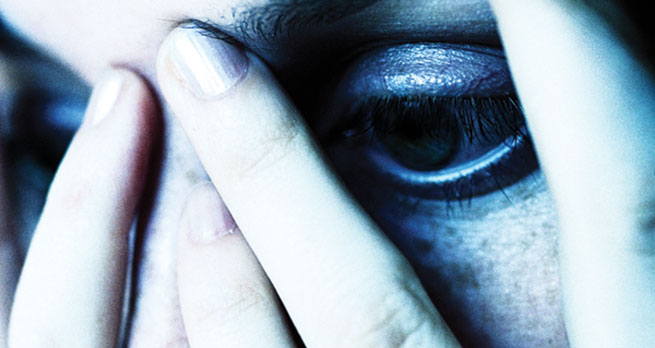2.5 The amygdala and generalised anxiety disorder
There is some evidence that the amygdalas of people with generalised anxiety disorder (GAD) may be abnormally active, so that they feel anxious and fearful without apparent reason. For instance, Nitschke et al. (2009) recorded activity in the amygdalas of patients with GAD and controls without GAD as they looked at images of unpleasant objects such as mutilated bodies, or neutral objects such as fire hydrants.
A few seconds before seeing the images, all participants received a cue to let them know whether to expect an unpleasant or neutral photograph. Nitschke et al. found that the amygdala activation of those with GAD did not differ significantly from that of controls (without GAD) when they were viewing unpleasant or neutral images (Figure 7).

However, the amygdalas of GAD patients became much more active than those of controls when they were shown cues signalling that a negative or neutral image would be appearing.
What does this suggest?
It suggests that anticipation stirs up a high level of activity in the amygdala of those with GAD. They become abnormally anxious even when what is being anticipated is not in the least unpleasant.
Currently it is not known why the amygdalas of patients with GAD are over-active. As GAD has a heritability of 30%–40%, genetic factors clearly play some part. However, stress and its ‘boosting’ effect on the amygdala, discussed above, may also be important.
